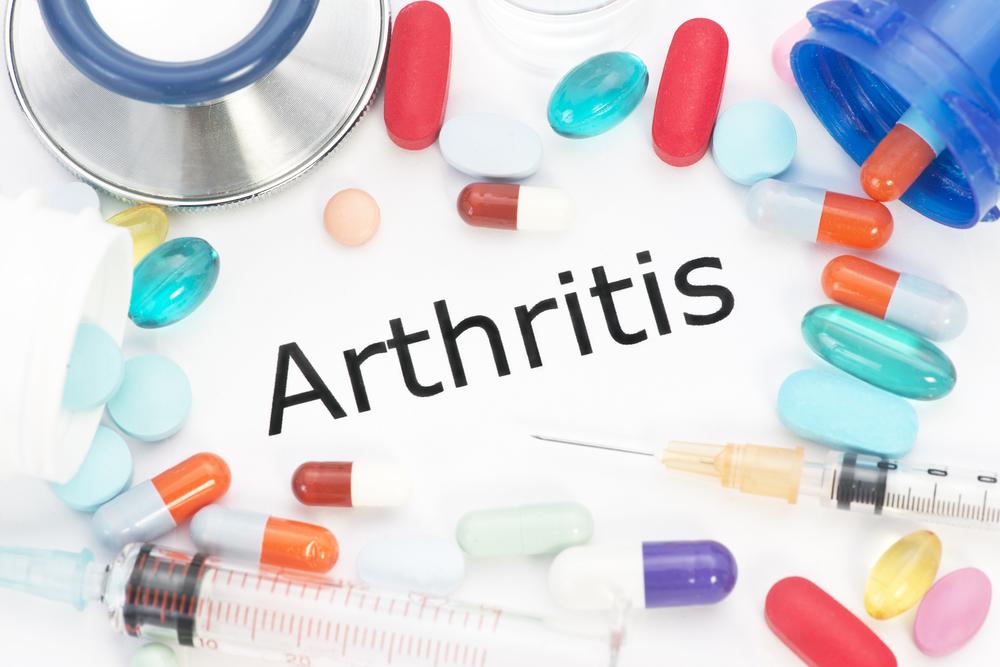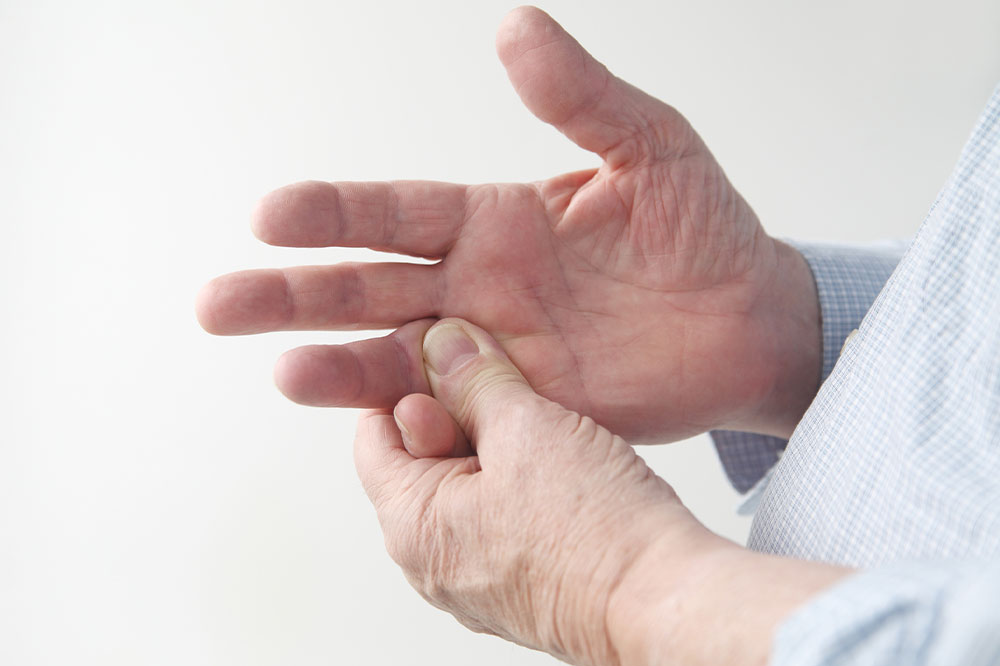Understanding Osteoarthritis: Causes and Changes in Joint Health
Osteoarthritis is a widespread joint disorder characterized by cartilage degradation, bone changes, and inflammation, primarily affecting knees, hips, and hands. It results from complex biochemical and biomechanical factors, leading to joint pain and dysfunction. This article explores the pathology of osteoarthritis, detailing the impacts on cartilage, bones, synovial tissue, and menisci, and discusses ongoing challenges in disease management.

Osteoarthritis (OA) is the most prevalent form of arthritis worldwide. It is a chronic condition where joint cartilage and underlying bones deteriorate over time. About 15% of people globally are affected, especially in the hips and knees. The lifetime risk of developing OA is around 40-47%, with higher susceptibility among athletes and individuals with obesity. OA can impact any joint, with common sites being the knees and hands. Its development involves complex factors, including genetic, metabolic, biomechanical, and biochemical influences.
The disease primarily affects three joint components: the cartilage, subchondral bone, and synovial membrane. Damage to cartilage, which covers bone ends, results from an imbalance between tissue breakdown and repair. This imbalance leads to cartilage softness, thinning, and fissures, exposing the underlying bone. Subchondral bone changes, such as cyst formation and osteophyte development, weaken joint support. The synovial membrane becomes inflamed and thickened, releasing pain mediators. Meniscal degeneration further contributes, making OA a complex joint disease.
It remains unclear whether cartilage and bone changes occur simultaneously or sequentially. Factors like trauma, inflammation, and enzymatic activity play key roles in disease progression. Understanding these alterations helps in developing targeted treatments for OA.










